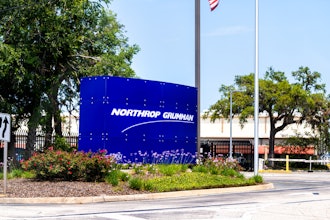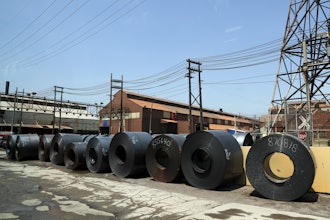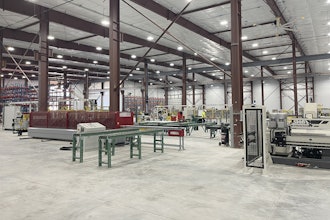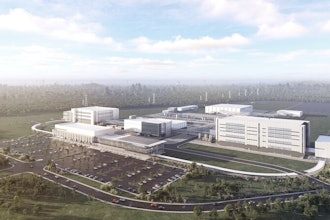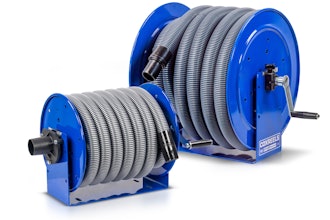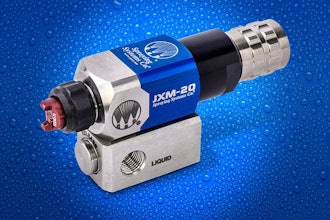
It likely comes as no surprise that, in the 2018 MHI Annual Industry Report, the top two challenges reported in today’s supply chain industry are customer demands (73 percent) and hiring qualified workers (64 percent). Research shows these issues show no sign of waning. Predictions show by 2025, nearly 3.5 million manufacturing jobs will need to be filled, and the skills gap is expected to result in 2 million of those jobs going unfilled.
To combat these growing industry challenges, the material handling industry is moving through a digital transformation in which technological innovations are driving massive change in how the supply chain of today — and the future — operates.
There are two key solutions propelling the industry forward and helping companies meet customer demands on the supply chain and shrink the labor gap — automation and virtual reality.
An Always-On Warehouse
Customers want products faster, better and less expensive — pushing the material handling industry to be always on. A key innovation making this mantra possible is automation. Companies are relying on automation to make production and distribution processes quicker, easily repeatable, consistent and cost-effective.
Automated lift trucks are ideal for repetitive and time-consuming tasks because they allow plant managers to reallocate operators’ time to more value-added jobs. Fully automated self-driving vehicles also can help with lane stacking, horizontal towing and conveyor interfacing to increase efficiency and accuracy. Semi-automated solutions make production and distribution processes quicker while helping operators reach higher proficiency levels faster and making operations run more effectively.
Additionally, during peak seasons when there’s heightened product demand — like around the December holidays — automated and semi-automated trucks can be especially useful for new operators to gain greater proficiency in a short amount of time. With an influx of short-term workers, using technology that ensures appropriate truck speed for any situation can help reduce facility damage and improve operating behaviors.
Using automation to replace tedious tasks allows companies to reassess their workforce needs and helps educate new operators faster, which increases overall productivity and addresses the challenge of finding more-skilled labor.
Next-Generation Technology To Attract And Educate New Talent
As baby boomers leave the industry, millennials are coming in — and companies are responding to this new wave of employees by incorporating technology into instruction. Technology such as virtual reality (VR) for engaging and instructing forklift operators in warehouses and distribution centers can help narrow the skills and labor gap by providing a lifelike job experience to the uninitiated before they start operating in a warehouse.
For example, to offer a real-world educational experience, the Raymond Virtual Reality Simulator allows operators to learn forklift best practices using the actual truck’s controls, helping increase an operator’s proficiency and preparedness to enter a physical warehouse environment.
Using a virtual reality instructional tool, instructors can immediately assess which associates will be successful operators and in which applications. In turn, VR instruction gives operators the confidence and improved skills to excel in a manufacturing career that, in turn, improves their company’s productivity. Well-instructed lift truck operators who stay on the job and are given the tools to work efficiently and effectively can help their companies meet today’s fast turnaround timelines.
To stay competitive in the e-commerce industry, material handling companies must adopt these smart, leading-edge technologies to remain always on and address the skills gap. Automation and VR instructional tools are two innovations driving this transformation. As we all know, technology will always be advancing, and it’s imperative for companies to keep pace.
Michael Field is CEO at The Raymond Corporation.










